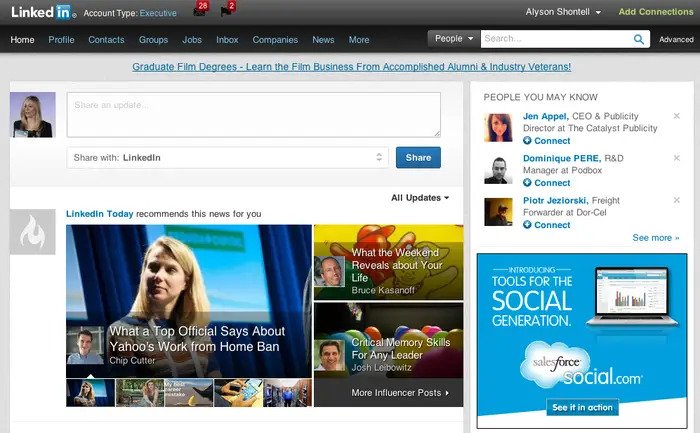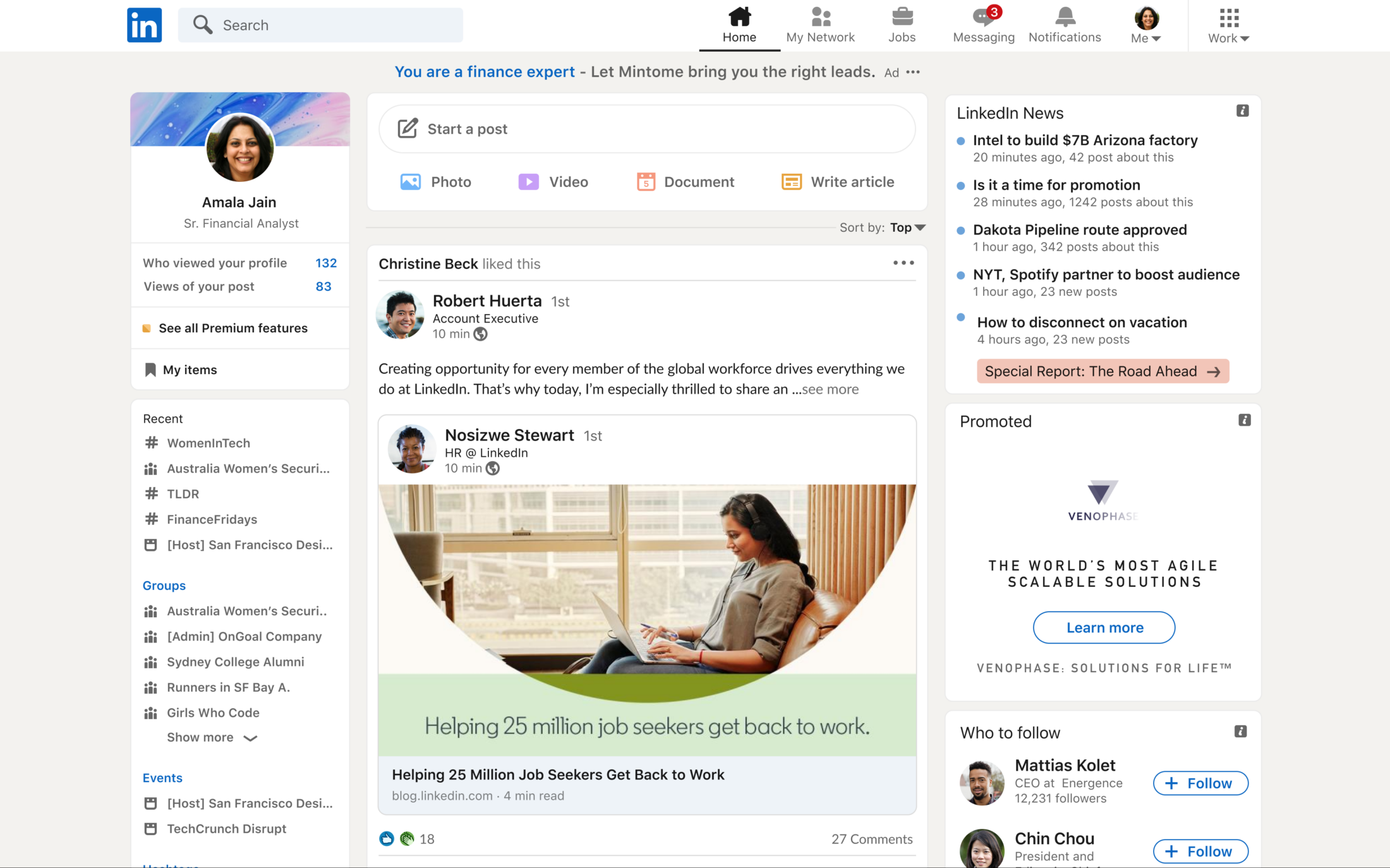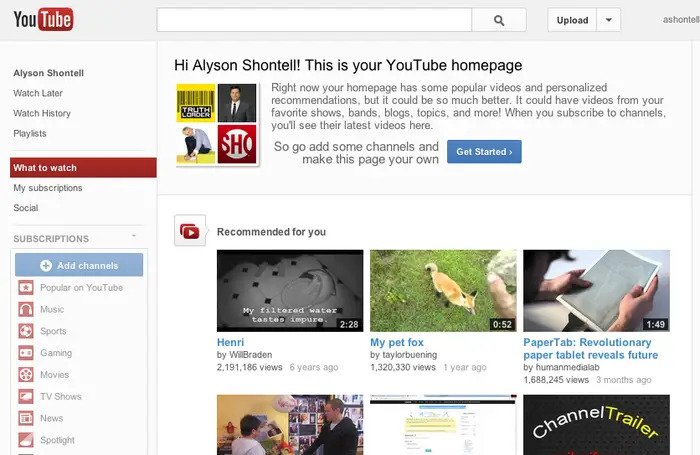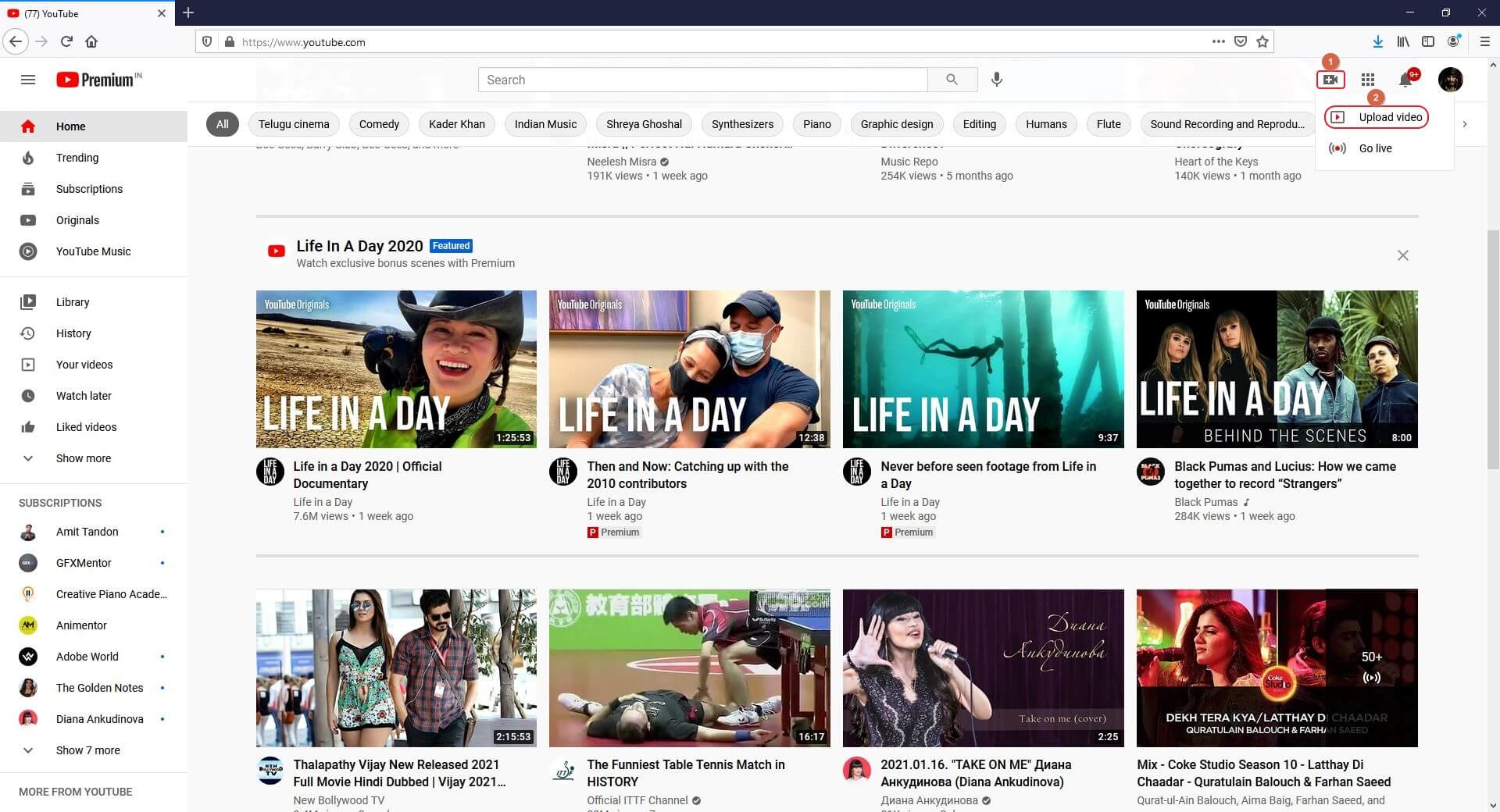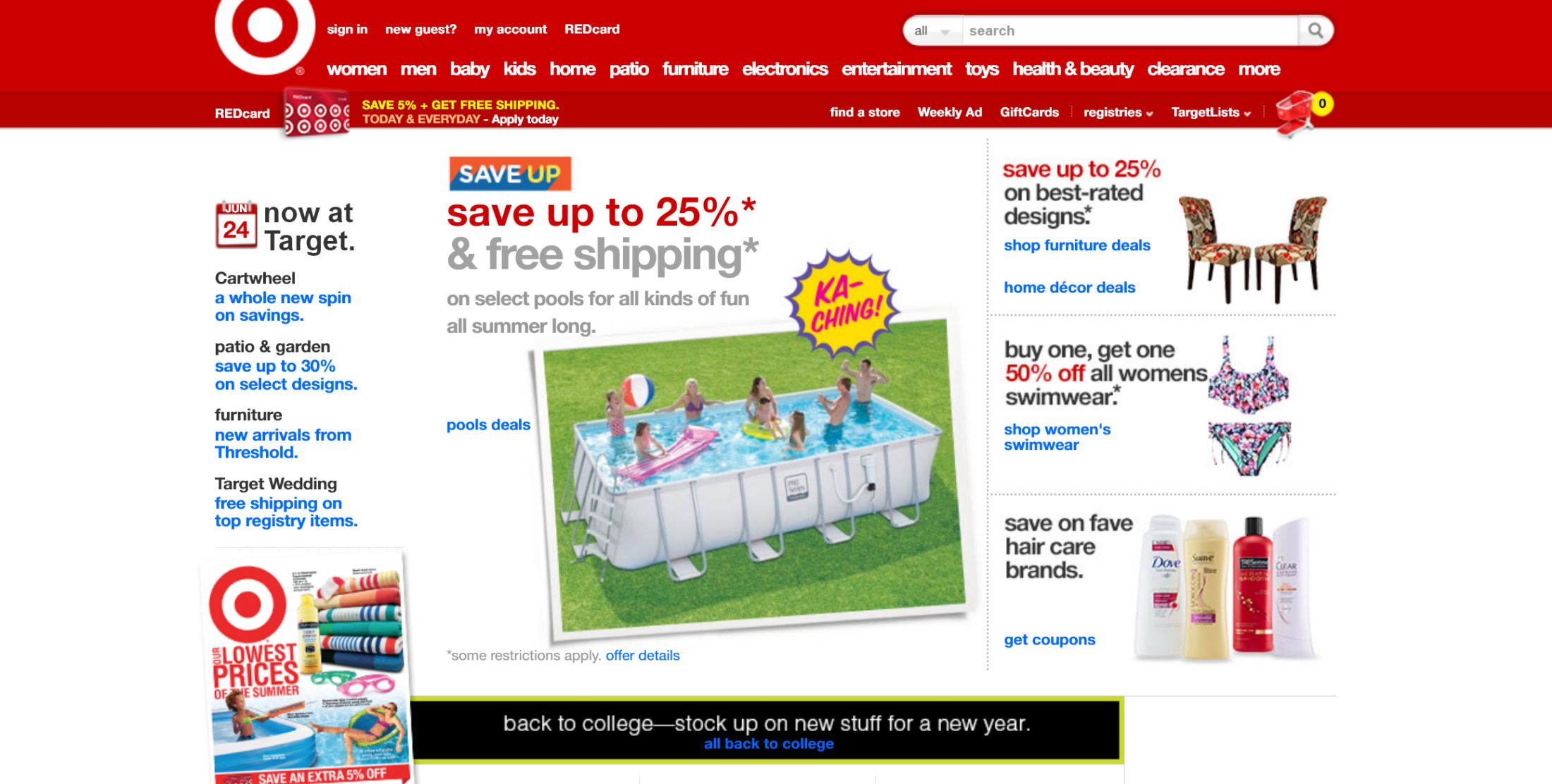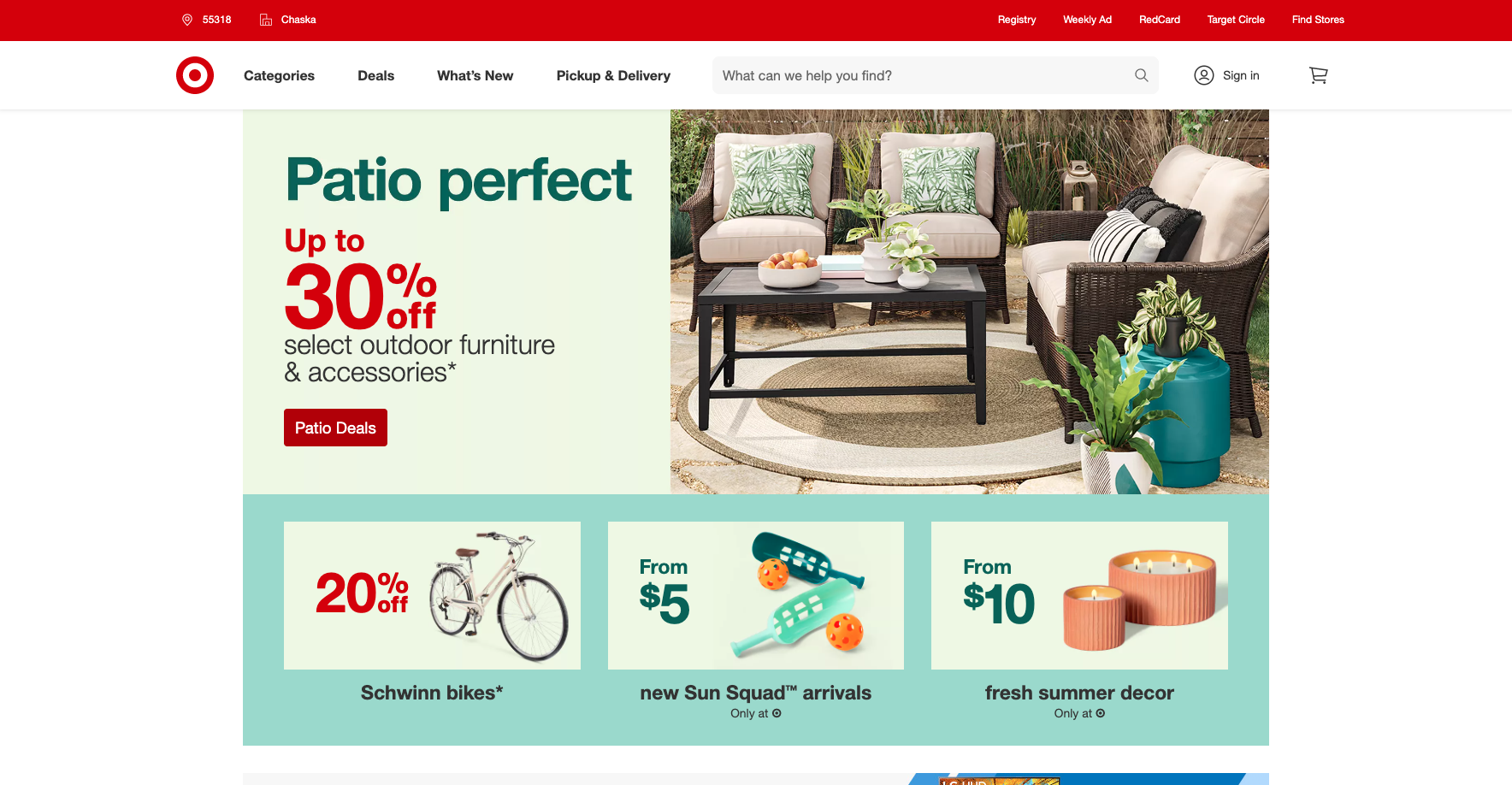Is Your Website Outdated? Here’s How They’ve Changed in the Last 10 Years
Brenna Connolly
April 25, 2023

10 years may seem like a lifetime ago but for many small businesses, that may be how long it’s been since they’ve updated their website. Let me take you back. In 2013, Disney’s animated film, Frozen, first hit the silver screen with Princess Elsa singing “Let It Go.” A song that would lodge itself in our collective brains like a popcorn kernel between our proverbial molars. “Selfie” was chosen as Oxford Dictionary’s word of the year in honor of our fascination with front-facing snaps taken at arm’s length. The game Candy Crush dominated Facebook feeds.
And I know you don’t want me to bring this up so I’ll just say it very quietly this one time: We hadn’t yet experienced life in a global pandemic. Okay, there, I said it. Really though, the pandemic changed and expedited a lot of our technology including websites and how they were being used. The last 10 years may have flown by for you but when it comes to tech, a lot has changed.
Websites have undergone significant changes in the past decade. These changes have largely been driven by advancements in technology but they can also be attributed to changes in us – consumers. Consumer behavior and design tastes are different now than they were 10 years ago. Take a look at what these popular websites looked like in 2013.
Substantial differences, right? So. . . Does your business’ website look more like the left column or the right one?
Allow me to highlight some of the most notable changes over the past decade and how they could apply to your own website.
- Mobile responsiveness – Today’s websites must be optimized for mobile devices with the rise of smartphones and tablets. This means that your site has to be specifically built to adapt to different-sized screens. People are utilizing mobile differently than they were 10 years ago; it’s only become more popular. Anything that can be done on a desktop needs to also be available on mobile AND needs to look good, too. We’ve written about this point previously – Mobile is hugely important and is no longer optional. Ya gotta get with it!
- User experience – Cleaner layouts, simpler navigation, and faster loading times are all aspects of the 2023 user experience. Older sites look and feel clunkier. We’ve become accustomed to a certain ease of use on the web, meaning your site has to be designed very intuitively. People have less patience for clicking through all your website tabs to find something. Make it easy for them!
- Content – Visual content has only become more and more important as the years have passed; I’m sure I don’t need to tell you that with the popularity of video sharing social media. Whereas older sites were more text-heavy and information-rich, the best websites today use impactful images, videos, and graphics to draw viewers in. Oftentimes, some sort of visual content aims to immediately wow viewers into learning more or diving deeper by scrolling down. We know we’re not “supposed” to judge a book by its cover or buy a bottle of wine based on the label but we do. And that’s exactly what the latest website philosophy plays on.
- E-commerce capability – Online and mobile shopping have become more and more popular every year. To help facilitate this, websites are being designed to make the shopping experience as frictionless and streamlined as possible. Multiple payment options, like credit cards, Paypal, Apple Pay, Venmo, and more can be integrated to offer the shopper a variety of ways to complete transactions. Sites can also serve up product recommendations based on browsing history to entice further shopping. The ability to checkout or “buy now” right from a product page without being led through the cart-based checkout process has also been a huge contribution to the frictionless experience, generating significant sales.
In the last decade, the visible look and under-the-surface mechanics of websites have changed more than you’ve probably realized. Websites have become more user-focused, visually appealing, and integrated with other technologies over the last 10 years. And of course, like most other things, some of these changes have only been expedited by the pandemic. If it’s been a while since you’ve evaluated your web strategy and appearance with a critical eye, it’s probably time to give ‘er another look!
